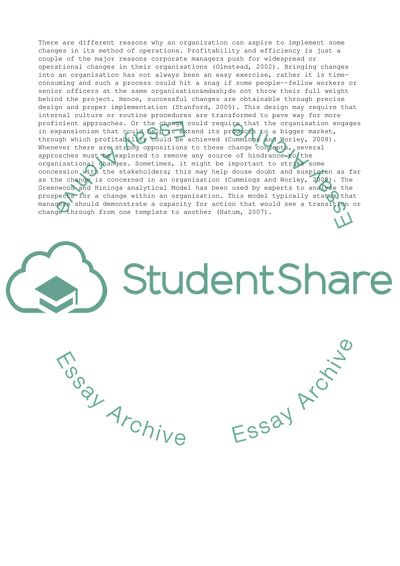Cite this document
(Cheryls Change Management Approaches: Experience in Product Design Research Paper - 1, n.d.)
Cheryls Change Management Approaches: Experience in Product Design Research Paper - 1. Retrieved from https://studentshare.org/management/1746553-management-of-change
Cheryls Change Management Approaches: Experience in Product Design Research Paper - 1. Retrieved from https://studentshare.org/management/1746553-management-of-change
(Cheryls Change Management Approaches: Experience in Product Design Research Paper - 1)
Cheryls Change Management Approaches: Experience in Product Design Research Paper - 1. https://studentshare.org/management/1746553-management-of-change.
Cheryls Change Management Approaches: Experience in Product Design Research Paper - 1. https://studentshare.org/management/1746553-management-of-change.
“Cheryls Change Management Approaches: Experience in Product Design Research Paper - 1”, n.d. https://studentshare.org/management/1746553-management-of-change.


